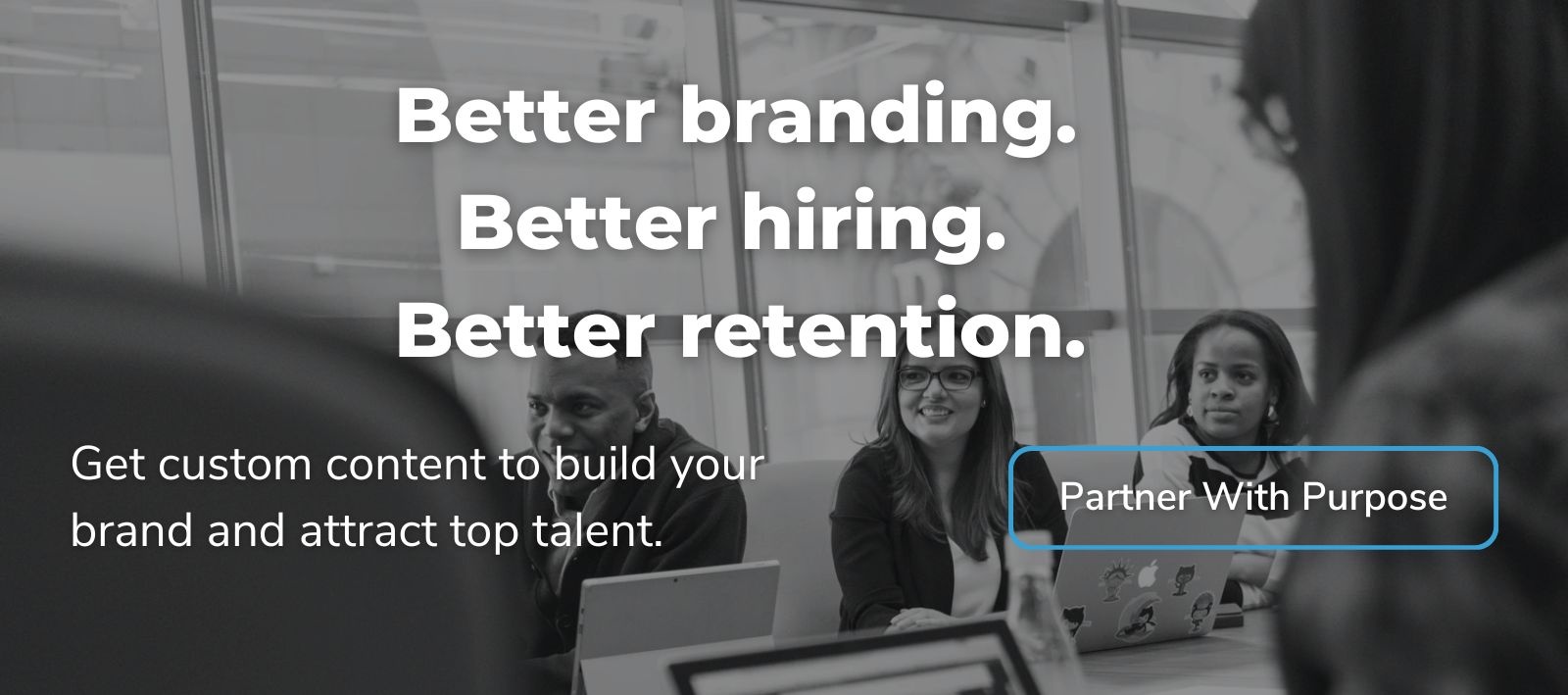In April, four million people (equivalent to 2.7% of the American workforce) quit their jobs—a record high since 2000. Now, as 41% of workers worldwide are considering leaving their jobs, experts are dubbing this era the “Great Resignation”. There are various factors that go into this trend, but with a record number of jobs opening in the US, workers are much less hesitant about leaving their current jobs for greener pastures.
Employee disengagement is always costly, but with employees now actively looking for better opportunities, companies are under more pressure to retain their talent. According to Gallup, it costs companies up to $550 billion annually to compensate for employee disengagement in the United States, since this results in poor work, redundant executions, and high turnover rates. The latter, of course, includes the cost for employee hiring then retraining, too.
Any existing issues for your team were likely exacerbated by remote working. Which means, companies hoping to recoup their losses and bounce back this year must not only retain but sustain their employees. Otherwise, you can absolutely forget about economic recovery even as the market reopens.
There are many ways to improve employee engagement in the new normal, too. For instance, companies like Google and Twitter are investing in technologies like 5G as well as company culture initiatives to accommodate new working dynamics.
Your company’s ability to adapt to the ongoing digital transformation, while still providing the best employee benefits, will play a huge part in how well you can roll out an effective employee retention strategy at different levels. These employee benefits should cover a healthy work environment, workplace wellness, and competitive compensation among other things.
5 Ways to Retain Talent Through Employee Engagement

Open Channels for Regular Communication
Many offices think multiple calls are the best way to communicate remotely. However, this only leads to virtual fatigue with a survey from the Society for Human Resource Management (SHRM) noting 41% of employees feel burned out and 45% feel emotionally drained. With workplace wellness a huge factor in retention, proper communication channels should be implemented.
In reality, proper communications are less about frequency and more about accessibility. For starters, Smarp shares that only 13% of employees say they use their company intranet, so it may be time to have a quick refresher among teams. This ensures data is streamlined and secure. It may also be beneficial to introduce chat apps like Slack or Telegram. These mobile-friendly mediums are more casual and convenient than email. Encourage team members—including all leaders—to share engaging non-work-related content on these platforms, too. Studies show that boredom is a big factor in employee turnover, but with engaging content you can promote organic interactions, create a healthy working environment, and boost workplace wellness. For example, try to send memes or funny videos.
Regular communication also encourages employees to air their concerns, sensitive as they might be. For example, they could be experiencing mental distress and need support. You can come in with actionable initiatives, such as employee benefits programs that provide mental health support. With mental health a huge factor in productivity, engagement, and employee retention, it's in your best interest to encourage your employees to be more vocal about their needs. Or, better yet, for you to be more understanding of such matters to nurture workplace wellness.
Help Foster Strong Relationships
As work and personal life continue to converge, it’s important for office friendships to flourish and create a healthy working environment people genuinely want to be a part of. A report from the Boston Consulting Group has found that 80% of respondents across the U.S., Germany, and India, who said they felt less connected to their colleagues suffered a dip in productivity. 70% of American employees in a Future Workplace/Virgin Pulse study, having friends at work is critical to a happy and productive work life. Those who reported few to zero friends were often disengaged and more likely to quit, whereas two-thirds said they’d stay longer at a company if they had good friends.
In an interview with CNBC, Paul Reich, senior VP for Yelp, said it’s important for employees to connect with peers in order to persevere rather than fold. “When we feel personally connected to our peers, we’re more likely to persevere through difficult times at work rather than leave the company,” he explained. This sentiment was echoed by Rashida Hodge of Microsoft, who, in the same interview, shared that a caring manager ultimately inspired her to stick it out through tough times. “When I moved on assignment from Raleigh to New York City, I was strapped for cash, given the significant cost-of-living change. It was one of my managers that took me in as a “daughter” and introduced me and made me a part of his family,” she recalled.
As a leader, create opportunities for your team to bond outside of work. Try scheduling group classes or company meals, sponsored by the organization. For example, insurtech startup Clearcover helps employees stay connected through a coffee buddies program, book clubs, and team breakfasts for new hires. Meanwhile, to combat loneliness, Finite State hosts remote social events to help their team unwind and interact with others.
Promote DEI Initiatives
Even if your company values acceptance and respect, it still helps to bolster these statements with actionable Diversity, Equality, and Inclusion (DEI) programs. In America, CNN Money reports that only 56% of working millennials are white, making the millennial and Gen-Z generations the most culturally and ethnically diverse workforce in history. This increase in representation has influenced applicant interest, as 67% of job seekers consider a company’s diversity before application.
Largely, women, people of color, and those in the LGBTQA+ community have felt stereotyped and discriminated against. A Culture Amp study shows only 40% of women feel satisfied and included in office decision-making. Many companies are turning to sensitivity training to shift unhealthy paradigms about gender and race. Efforts include LGBTQA+ awareness, seriously punishing harassment allegations, and hiring more minority employees. A healthy working environment means your employees are taken care of physically and mentally, not just provided with fancy employee benefits. Plus, an international and cross-industry report from McKinsey states that those with higher ethnic and gender diversity performed drastically better than their peers.
Provide the Right Long-Term Benefits
Investing in your employees is not just about providing training or raising salaries. Your employees know that you have the power to provide them with long-term employee benefits packages. For instance, as the founder of 401(k) provider Human Interest, Roger Lee explains that immediate and low-cost access to 401(k) plans can help in not just attracting top talent but also in building high-performance teams.
“Employees who feel their employer is invested in them are more likely to be engaged in their workplace and stay with the company longer, reducing the high cost of employee turnover.” This is why you should seek to not just provide workplace savings, competitive compensation, and retirement plans, but also to match employee 401(k) contributions to help them build their accounts.
The Bureau of Labor Statistics indicates that employers typically match 401(k) contributions at 3.5% of employees’ salaries, while some companies match up to 6%. And as this guide to the importance of having a 401(k) by Marcus outlines, matching employee contributions by just 4% can double the earnings of certain retirement portfolios and enable exponential growth in others. Doing this for your employees shows that you’re not just willing to invest in their future, but also to match the value that they bring to your company.
But meaningful employee benefits can go beyond the monetary ones. In fact, an American Psychological Association report states that 89% of employees are more likely to stay—and recommend—a company that provides well-being initiatives. Since burnout and stress are two pressing issues today, why not look into mental health-related programs? Try offering group or one-on-one sessions with a licensed therapist or coach. Another option is to try something like a gym membership. Since Glassdoor indicates that 87% of employees expect their companies to help them address work/life balance, do expand your benefits to more personal perks, too. These can include providing a daycare for employees with kids or a grocery allowance to help supplement income.

Provide Clear Paths to Training and Advancement
The more your employees can plainly see their paths to advancement within your company, the more they will be compelled to stay. This is why outside of optimizing recruitment strategies, providing ongoing education as well as pathways for advancement tops the list in this guide to employee retention strategies by CIO. From corporate training modules to providing tuition reimbursement programs and virtual learning like what KLA-Tencor does, there are many ways to pave the way for your top employees to stay engaged. One such example is a professional development budget like what DocNetwork provides. And you can even use your own intranet to offer such opportunities to your employees. Apart from training employees in the skills they need to improve their performance, this also shows them that you see their potential and are highly invested in their growth.
Ensuring engagement and employee retention is a matter of investing in your top talent’s long-term growth and leveraging different types of employee benefits. Make sure that your employees have access to a robust long-term retirement plan. Ensure that your top talent is getting the training and development they need. Develop modern communication solutions that can help with both, as well as in identifying more ways to keep your top talents wholly engaged and loyal to your company.
93% of Purpose Jobs candidates have a retention rate of more than 2 years. If you're looking to find top talent that's right for your team, get started by posting your open roles for free in the Purpose Jobs community.
About the Author: Jackie Cayden is a consultant and a freelance writer who is passionate about helping people with their businesses. Aside from writing about ethical business practices, she also covers fintech and social media. A long-time runner, she's out for a jog with her two pit bull rescues when she's not in front of her laptop.
Jackie Cayden is a consultant and a freelance writer who is passionate about helping people with their businesses. Aside from writing about ethical business practices, she also covers fintech and social media. A long-time runner, she's out for a jog with her two pit bull rescues when she's not in front of her laptop.
This piece was specially written for Purpose Jobs.



.jpg?width=7952&name=Clearcover_Friday_Wins_17%20(4).jpg)





.png?width=50&name=Erin%20Gregory%20(1).png)